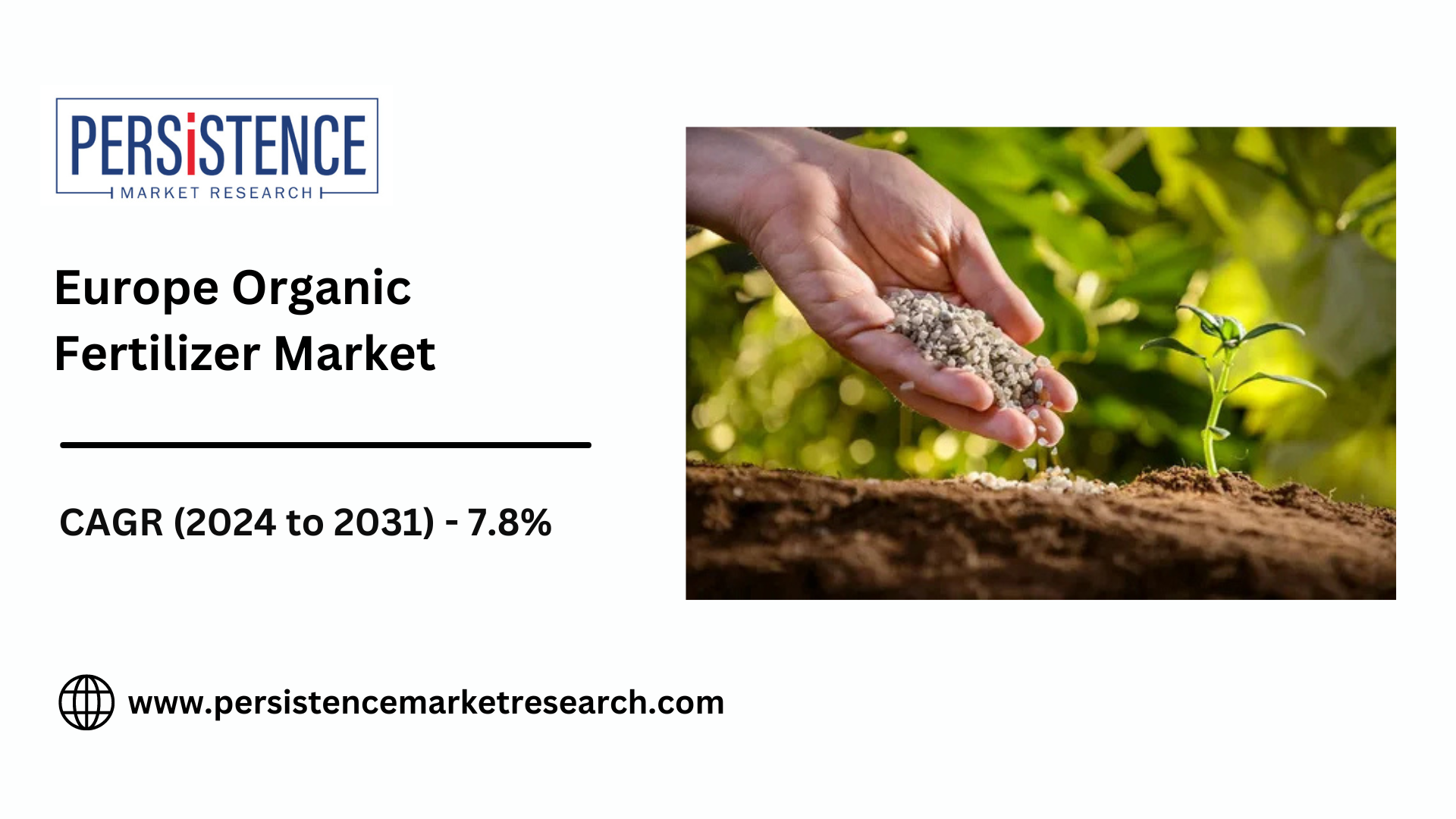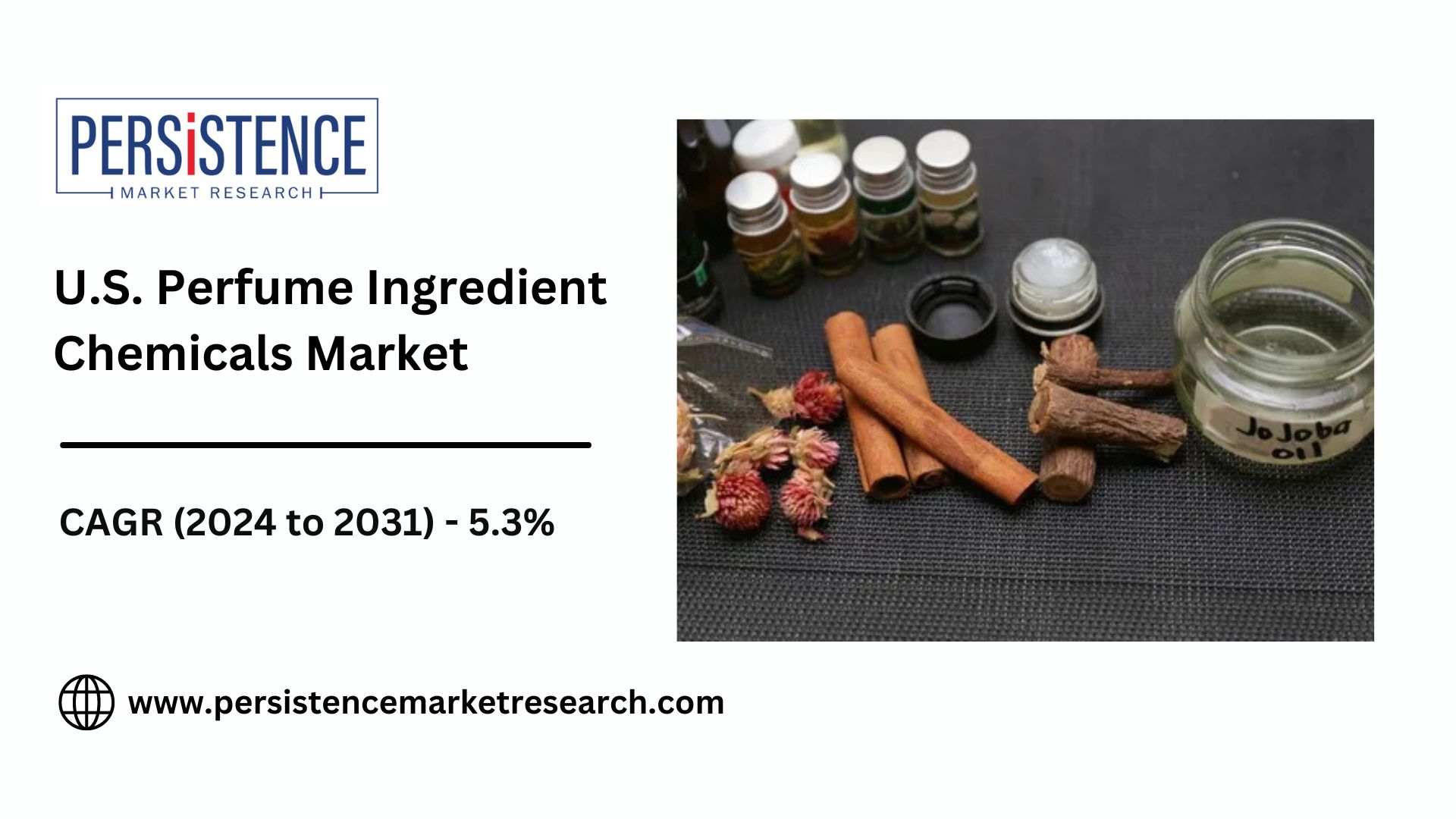Strategic Insights into the Hot Melt Adhesives Market

Strong 8k brings an ultra-HD IPTV experience to your living room and your pocket.
The hot melt adhesives market is on a robust growth trajectory, with an estimated valuation of US$16.6 billion by 2033, driven by a 6.3% CAGR from 2023 to 2033. Initially valued at US$9 billion in 2023, the market's expansion is largely attributed to high demand from the packaging industry, which holds a significant 35% share of the market. Additionally, the rising use of hot melt adhesives in non-woven hygiene healthcare products further fuels market growth. These adhesives, known for their rapid curing, strong adhesion, and versatility across various sectors including packaging, woodworking, and automotive, continue to gain traction, reflecting their critical role in modern manufacturing and assembly processes.
The hot melt adhesives market is evolving rapidly, with significant opportunities and challenges shaping its future. As industries across the globe seek efficient and reliable bonding solutions, understanding the strategic dynamics of this market is crucial for stakeholders. This article delves into strategic insights into the hot melt adhesives market, highlighting key trends, competitive dynamics, and strategic opportunities for businesses.
Market Dynamics and Key Drivers
Several factors are influencing the growth and development of the hot melt adhesives market:
Technological Advancements: Innovations in hot melt adhesive formulations and application technologies are driving market growth. Advances such as low-temperature adhesives, high-performance formulations, and eco-friendly options are meeting diverse industry needs and expanding application areas.
Rising Demand Across Industries: Hot melt adhesives are increasingly used in various sectors, including packaging, automotive, construction, and healthcare. The growth of these end-user industries, particularly packaging and automotive, is a major driver for the hot melt adhesives market.
Sustainability and Environmental Concerns: There is a growing emphasis on sustainability and reducing environmental impact. The demand for hot melt adhesives with low volatile organic compound (VOC) emissions, recyclable properties, and eco-friendly formulations is rising, reflecting the industry's shift towards greener solutions.
E-Commerce Growth: The surge in e-commerce has increased the need for robust and efficient packaging solutions. Hot melt adhesives play a crucial role in ensuring the integrity and security of packaging, supporting the growth of the e-commerce sector.
Competitive Landscape and Key Players
The hot melt adhesives market is characterized by intense competition among several key players. Understanding the competitive landscape is essential for identifying strategic opportunities and threats:
Major Players: Leading companies in the hot melt adhesives market include Henkel AG & Co. KGaA, 3M Company, Bostik (Arkema), Sika AG, and H.B. Fuller Company. These companies have established strong market positions through extensive product portfolios, advanced technologies, and global distribution networks.
-
Market Strategies: Key players are focusing on various strategies to maintain and expand their market share, including:
Product Innovation: Developing new and advanced adhesive formulations to meet specific industry requirements and address emerging trends. Innovations such as temperature-resistant adhesives, high-strength options, and sustainable solutions are crucial for staying competitive.
Strategic Partnerships and Acquisitions: Companies are engaging in strategic partnerships, mergers, and acquisitions to enhance their product offerings, expand market reach, and gain access to new technologies and markets.
Geographic Expansion: Expanding into emerging markets, such as Asia-Pacific and Latin America, to capitalize on growing industrialization and increasing demand for adhesive solutions.
Sustainability Initiatives: Investing in research and development to create eco-friendly adhesives and adopting sustainable practices to align with environmental regulations and consumer preferences.
Emerging Trends and Opportunities
Several trends are shaping the future of the hot melt adhesives market, presenting both opportunities and challenges:
Increased Adoption of Automation: The integration of automation and robotics in manufacturing processes is driving demand for hot melt adhesives. Automation enhances production efficiency and precision, leading to increased use of adhesives in automated assembly lines.
Growth in Advanced Manufacturing: The rise of advanced manufacturing technologies, such as 3D printing and smart manufacturing, is creating new applications for hot melt adhesives. These technologies require adhesives that offer high performance, precision, and adaptability.
Demand for Specialty Adhesives: The need for specialty adhesives tailored to specific applications is growing. Industries such as electronics, medical devices, and automotive are seeking adhesives with unique properties, such as conductivity, biocompatibility, and resistance to extreme conditions.
Focus on Cost Efficiency: Companies are prioritizing cost efficiency in adhesive solutions, seeking ways to reduce production costs while maintaining performance and quality. This includes optimizing adhesive formulations and production processes.
Strategic Recommendations
For businesses operating in the hot melt adhesives market, the following strategic recommendations can help capitalize on growth opportunities and navigate challenges:
Invest in R&D: Continuous investment in research and development is crucial for developing innovative adhesive solutions that meet evolving industry demands and stay ahead of competitors.
Explore New Applications: Identifying and targeting new applications and industries for hot melt adhesives can open up new revenue streams and expand market presence.
Embrace Sustainability: Adopting sustainable practices and developing eco-friendly adhesive solutions can enhance brand reputation and align with regulatory and consumer expectations.
Strengthen Supply Chains: Building robust supply chains and ensuring reliable sourcing of raw materials can mitigate risks and enhance operational efficiency.
Monitor Market Trends: Staying informed about emerging trends and market developments can help businesses adapt their strategies and capitalize on new opportunities.
Conclusion
The hot melt adhesives market is set for strong growth, driven by technological advancements, rising demand across industries, and a growing focus on sustainability. Understanding the market dynamics, competitive landscape, and emerging trends is essential for businesses to navigate this evolving sector successfully. By investing in innovation, exploring new applications, and embracing sustainability, companies can position themselves for long-term success in the dynamic hot melt adhesives market.
Note: IndiBlogHub features both user-submitted and editorial content. We do not verify third-party contributions. Read our Disclaimer and Privacy Policyfor details.







